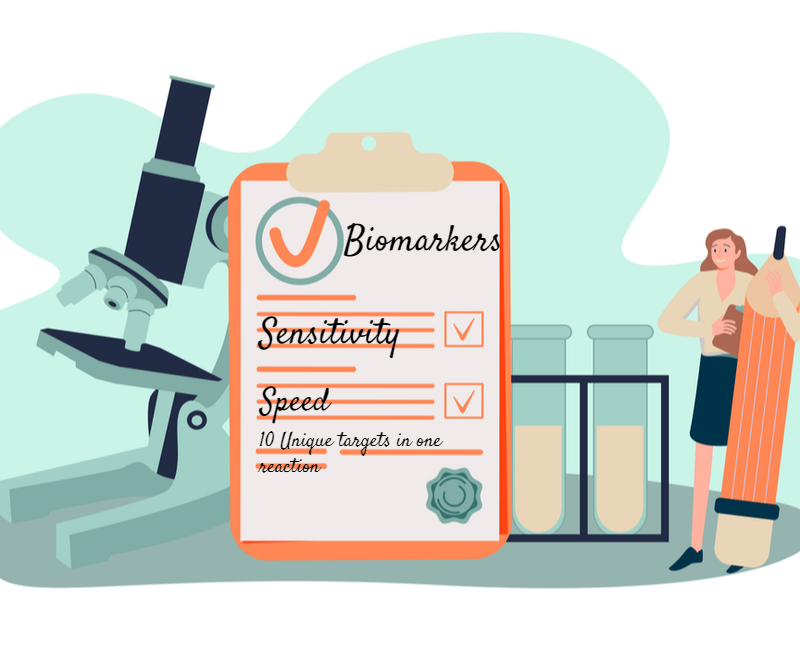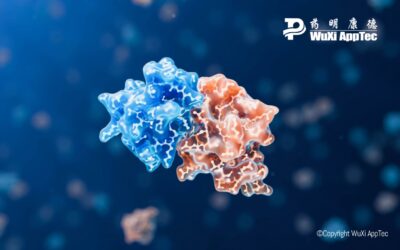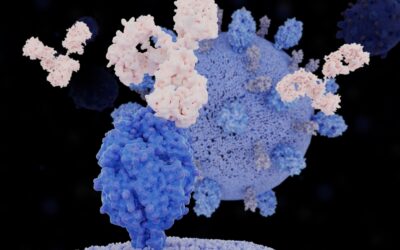For more than 20 years, WuXi AppTec has been a leader in developing and validating biomarker methods to support drug development and clinical research. It has used cutting-edge technology to validate hundreds of biomarkers on most major platforms with the aim of shortening drug development cycles. But its partnership with Quanterix and subsequent development of the Simoa Joint Laboratory in Shanghai solidifies WuXi AppTec’s commitment to advancing biomarker assay development in precision health.
Simoa’s technology is already being used for research and development in therapeutic areas including oncology, neurology, cardiology, inflammation and infectious disease. And the laboratory’s unmatched digital capabilities provide four distinct advantages.
1. An ultra-sensitive immunoassay platform
Using its HD-X analyzer, the Simoa Joint Lab can detect proteins and nucleic acids with 1000 times more analytical sensitivity than conventional assay kits including ELISA, MSD and Luminex.
The HD-X analyzer can even identify changes in neuro markers that were once thought to be undetectable. For example, some of the biomarkers closely associated with early diagnoses of Alzheimer’s and Parkinson’s disease as well as other brain diseases and injuries include Tau, P-Tau, NFL, Amyloid β-40 and Amyloid β-42. These markers are most often found in cerebrospinal fluid, which is minimally traceable in blood, undetectable using existing protein assays, and too dangerous to be collected and screened. Simoa’s ultra-sensitive assay kits can detect and analyze these biomarkers with coefficients of variation below 10%.
The bottom line is Simoa can quantify protein biomarkers with high precision using its proprietary immunoassay platform. This allows Simoa researchers—and their clients—to obtain baseline analytes from healthy subjects and disease indicators for greater biomarker exploration to enhance PK/PD studies.
2. A fully customized approach
The human body contains thousands of biomarkers, but testing them means identifying and quantifying existing proteins, choosing the correct reagent, optimizing the assay and then validating the methodology. Simoa researchers have validated more than 100 methodologies, but if a client identifies a biomarker for which an assay kit does not exist, the laboratory can create a customized kit using the client’s own antibodies.
For drug developers who prefer to keep research and development in-house, Simoa also offers “homebrew” kit development. This is where Simoa researchers provide technical expertise, generate the necessary reagents and help clients optimize their own test kits.
3. Reduced cost of labor and resources
Running assays is a critical step in drug development, but it isn’t always the most efficient set of tasks. From sample spiking and washing plates to monitoring incubation and biomarker detection, the process is deliberate and can be time-consuming. Platforms like ELISA and MSD require technicians to manually add reagents, place plates in the washer and monitor incubation over a period of hours.
Simoa’s HD-X is a fully automation platform which automates all assay steps. Researchers simply add samples to the loading trays, add the chosen reagent, click a button and come back a few hours later to collect their data. A process that might take up to five hours to complete manually takes as little as 45-60 minutes with Simoa HD-X. The platform also handles large volumes of samples in a high-throughput format, which shortens test times and reduces human error.
4. Broad testing capabilities
Conventional assays are called “singleplex” assays because they target a single analyte in a single reaction tube. Conversely, multiplex assays measure the presence, concentration, activity and quality of multiple analytes in a single test. These assays measure this data simultaneously, increasing efficiency and turnaround times for sample testing.
Adding multiple biomarker assays to a single test run helps increase testing capacity, but also saves time by alleviating the need to measure samples and run individual assays from the beginning. Even most multiplex platforms are calibrated to test three- or four-plex—i.e., detect three or four biomarkers—but Simoa HD-X can test up to 10 unique target molecules in the same reaction well.
The bottom line
The Joint Simoa Lab brings together WuXi AppTec’s deep bioanalytical capability with Quanterix’s digital acumen and laser-focus on precision medicine. In less than a year, Simoa researchers have qualified nine biomarkers in therapeutic areas including the nervous system, autoimmune diseases, tumors and inflammatory infection. These efforts will continue to drive earlier disease detection, better prognosis and enhanced treatment methods to improve patients’ quality of life and longevity.
Drug developers who share the goals of earlier detection, enhanced treatment and improved quality of life for patients will find an eager and capable partner in the Simoa Joint Lab. Connect with the WuXi AppTec team to get started.
As a global company with operations across Asia, Europe, and North America, WuXi AppTec provides a broad portfolio of R&D and manufacturing services that enable the global pharmaceutical and life sciences industry to advance discoveries and deliver groundbreaking treatments to patients. Through its unique business models, WuXi AppTec’s integrated, end-to-end services include chemistry drug CRDMO (Contract Research, Development and Manufacturing Organization), biology discovery, preclinical testing and clinical research services, helping customers improve the productivity of advancing healthcare products through cost-effective and efficient solutions. WuXi AppTec received an AA ESG rating from MSCI for the fourth consecutive year in 2024 and its open-access platform is enabling around 6,000 customers from over 30 countries to improve the health of those in need – and to realize the vision that “every drug can be made and every disease can be treated.”


